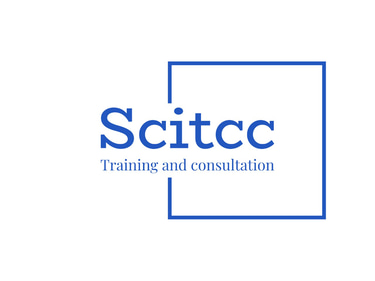
Best Practices in Achieving Administrative Excellence
Best Practices in Achieving Administrative Excellence
$5500.00
Day One: Concepts of Administrative Excellence
Definition of administrative excellence and its dimensions.
The importance of administrative excellence in improving institutional performance.
The difference between managerial excellence and total quality.
The advantages that leaders and organizations gain from managerial excellence.
Day Two: Planning and Managing Institutional Performance
How to set achievable institutional goals.
Performance measurement tools: Key Performance Indicators (KPIs) and expected outcomes.
Methods to improve performance effectiveness using continuous performance evaluation.
Strategies for enhancing productivity and innovation at work.
Day Three: Effective Leadership and Competency Enhancement
Modern leadership styles and their impact on administrative performance.
How to motivate employees to achieve the highest levels of performance.
Building outstanding work teams and enhancing collaboration within the organization.
Developing strategic decision-making skills.
Day Four: Technology and Digital Transformation in Administrative Excellence
The role of technology in improving administrative processes.
Digital transformation tools that contribute to achieving excellence.
Managing technological change and how to adapt to modern innovations.
Success models for digital transformation in institutions.
Day Five: Sustainability and Developing Institutional Excellence in the Long Term
Building a culture of institutional excellence: interacting with challenges and continuous development.
The role of innovation, research, and development in maintaining administrative excellence.
Knowledge management strategies and experience sharing within the organization.
Developing long-term plans to maintain administrative excellence.
These axes can be adjusted according to the needs of the institution and the target audience to ensure their effective relevance.


